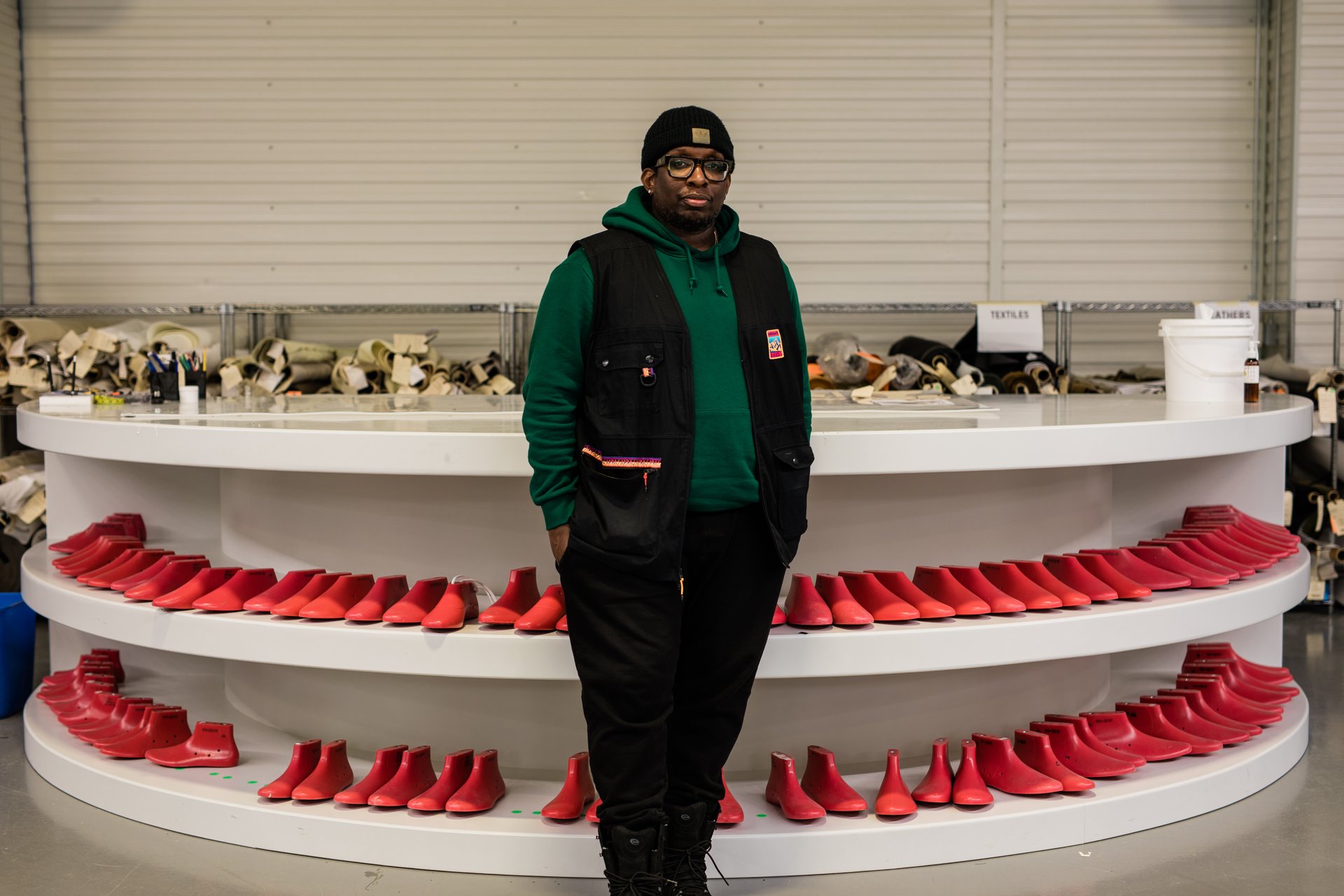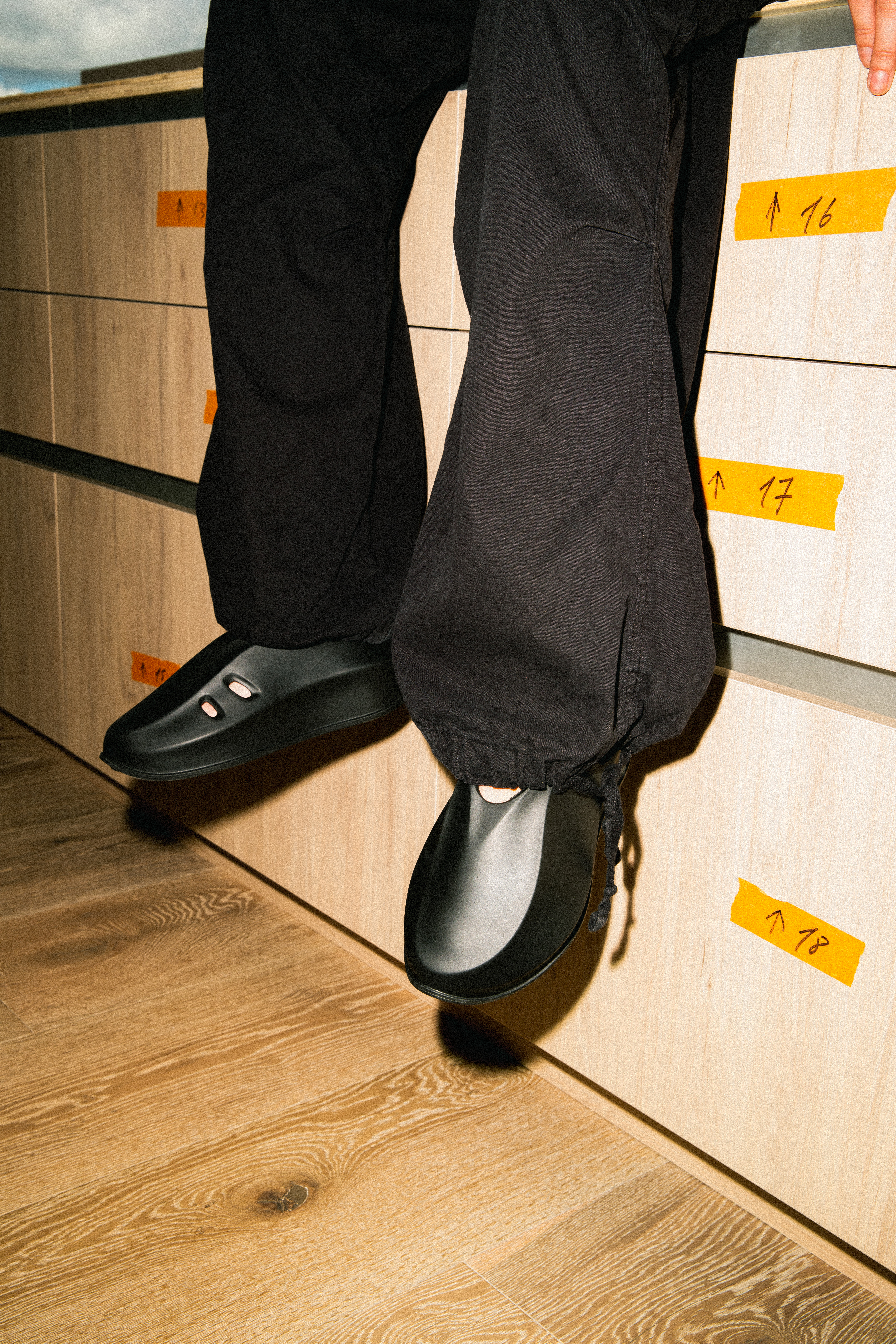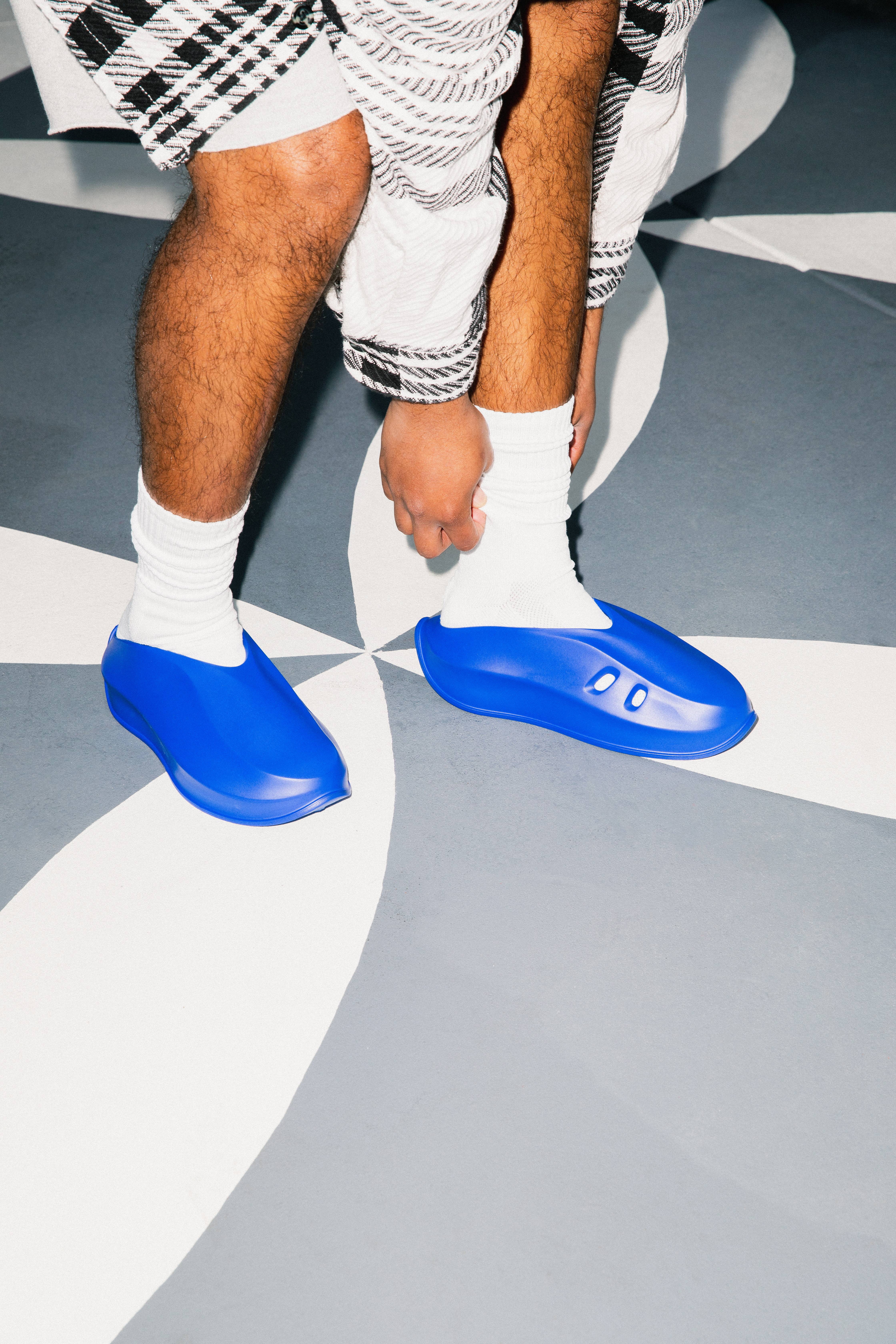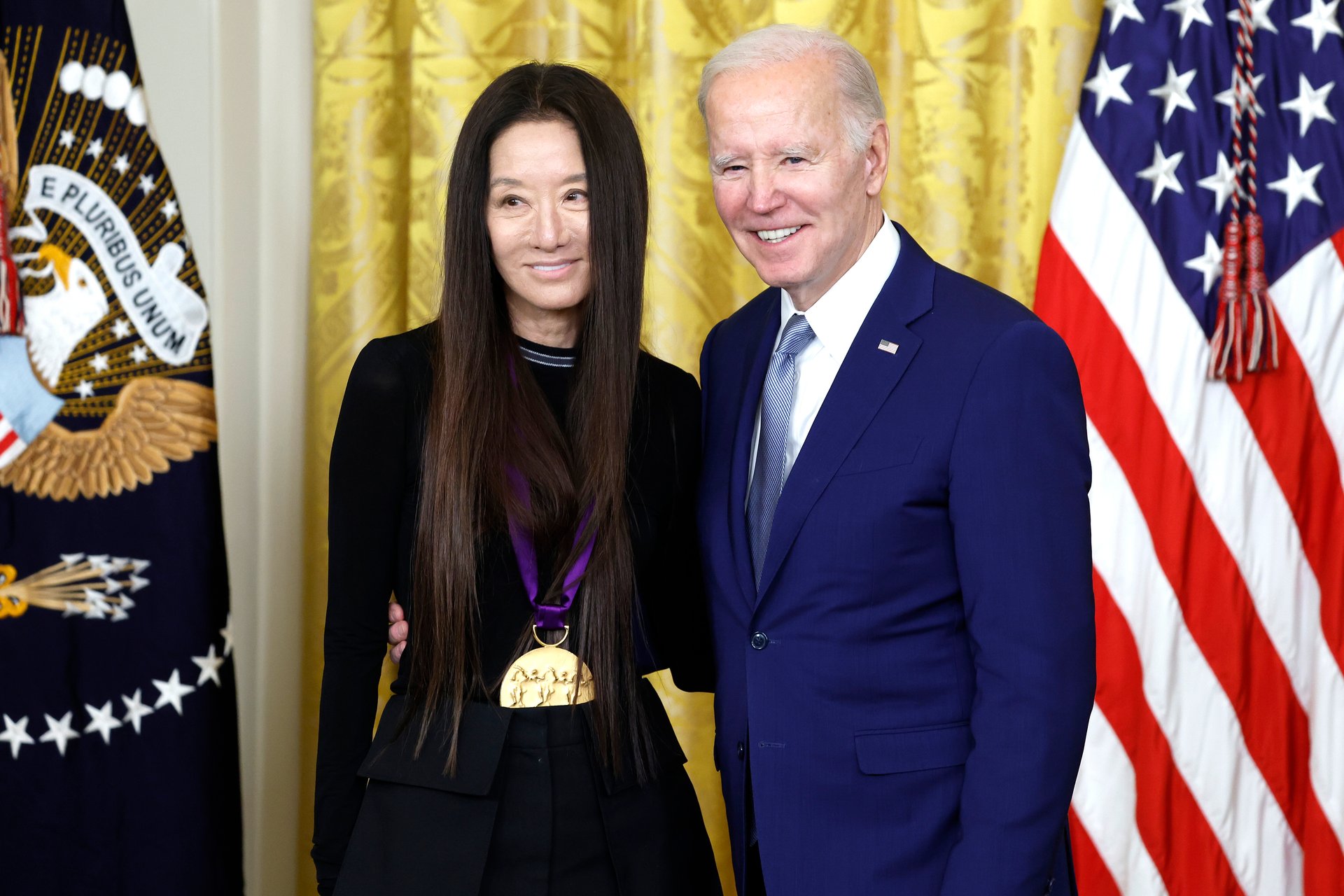You are an industrial design engineer with over two decades of expertise. Were sneakers always a passion or happenstance?
100 percent! You have to have the passion to get through the rough times. It’s what keeps you going. There are definitely more bad days than good ones. The want and the will and the passion to accomplish something that you most desire is what gets you through to the other side.
Define your interpretation of a “sneakerhead.”
People have always assumed that I was a sneakerhead because I was in the shoe business. I have my favorites but I am not a walking encyclopedia on sneakers, or well-versed on the history thereof like some of these sneaker sellers in their early teens. The way I would define a sneakerhead is someone who is truly tapped into the culture of footwear, sneakers, and its history. Most sneakerheads, from what I’ve gathered, can ultimately be defined as “Nike-heads.” Nike is pretty much all that they are collecting whether it is different versions of “Dunks,” “Air Force 1s,” or “Air Jordans.”
Your former role as Head of Yeezy Adidas Innovation Lab was unstinting, life-changing, and one of prominence. How would you describe it?
Unpredictable, exciting, and a rollercoaster ride!
How important was it for you to leave “Big Sneaker” and launch your own innovation lab?
I have always been in the private sector and worked for myself. I have been an entrepreneur throughout my entire career trajectory and by nature, that passage is what has always worked for me and my artistic personality. Upon completion of my degree, I took on a handful of internship opportunities and then, in 2006, decided to start my own company. That’s pretty much how I got started as an entrepreneur. Fast forward, and 15 years later, I accepted this stint at Adidas for Yeezy, and in the three years I assumed the role, I was locked in a corporate environment. Stepping away from “Big Sneaker” was always my goal; to get back into working for myself after Yeezy. I love to relish and seize opportunities, yet I am a realist by reminding myself that fortuity is not going to last forever. There is always a clock that is ticking, and it is my responsibility to maximize it as much as possible, and that is exactly how I looked at Yeezy. The minute that Kanye gave me the thumbs up and brought me on board, the clock started ticking. It was always my intention to go there and learn, listen, absorb, and bring my best to the table, but leave with something greater to call into action.
Why did you decide to launch FCTRY LAb in Los Angeles?
Before Yeezy, I was living in India and working as a Creative Director for an Italian brand with their base and factory there. I was designing, creating and running the lab, accommodating a client base in India and the Gulf regions. I was there for three years, but needed a change. I had a brief hiatus before the Yeezy job and meeting Kanye for the first time, and in that period, I started to put together plans for an Innovation Lab. It was unbelievable to me how I was mastering a plan to create the exact thing Yeezy Adidas called me in to wager for them. They literally laid it right in front of me! I had a blank canvas in front of me for the most popular brand in the world.
FCTRY LAb is a democratized footwear innovation and exploration lab where designers, brands, entertainers, celebrities, and athletes can come to empower themselves or build out collections of shoes to take into the market. The reason why a tool like this is so important and doesn’t exist on U.S. soil is because building shoes is difficult. As technology, materials and processes have evolved and the way that production has shifted overseas with the majority in Asia, it became a lost art here in the States. I respect the sneaker customizers, but it is very different from building a shoe from scratch. The outpouring of support from my peers and others concur that this is long overdue in being able to push the boundaries on innovation and design and actually bring a shoe to life. Factories serve one purpose overseas – to scale and produce. What we have here at FCTRY LAb is something special and you do not get these same opportunities overseas. True innovation and magic happens on the factory level.
As an industrial design engineer, were economics and efficiency always at the forefront, or sustainability and technology in producing new innovative ideas at FCTRY LAb?
My first trip to Asia touring the factories truly ignited a spark in me. A lightbulb went off and it made me excited about what I was experiencing. I thought the end-all, be-all was design and everything started and ended there. I quickly learned that that was the very, very tip of the iceberg. There is a whole other machine that happens below the surface to bring these products to life. It’s supply chains, vendors, relationships, budgeting, and planning, coordinating between multiple orders of different brands. You learn very quickly that big shoe companies do not own factories though I think it’s something that is automatically assumed. Nike and Adidas do not own factories; they use them as commodities.
Upon this discovery, I made the transition from designer to product engineer and became fascinated with the entire process. Today, I look at products from all angles – from design to construction and production and how to incorporate sustainability and other applications into the footwear. I believe innovation is more than what the eye can see. It embodies form, shape, structure, and reinforcement. My approach with entering a new project is thinking beyond the design and how else this product can be created to be truly unique and built from the inside out.








